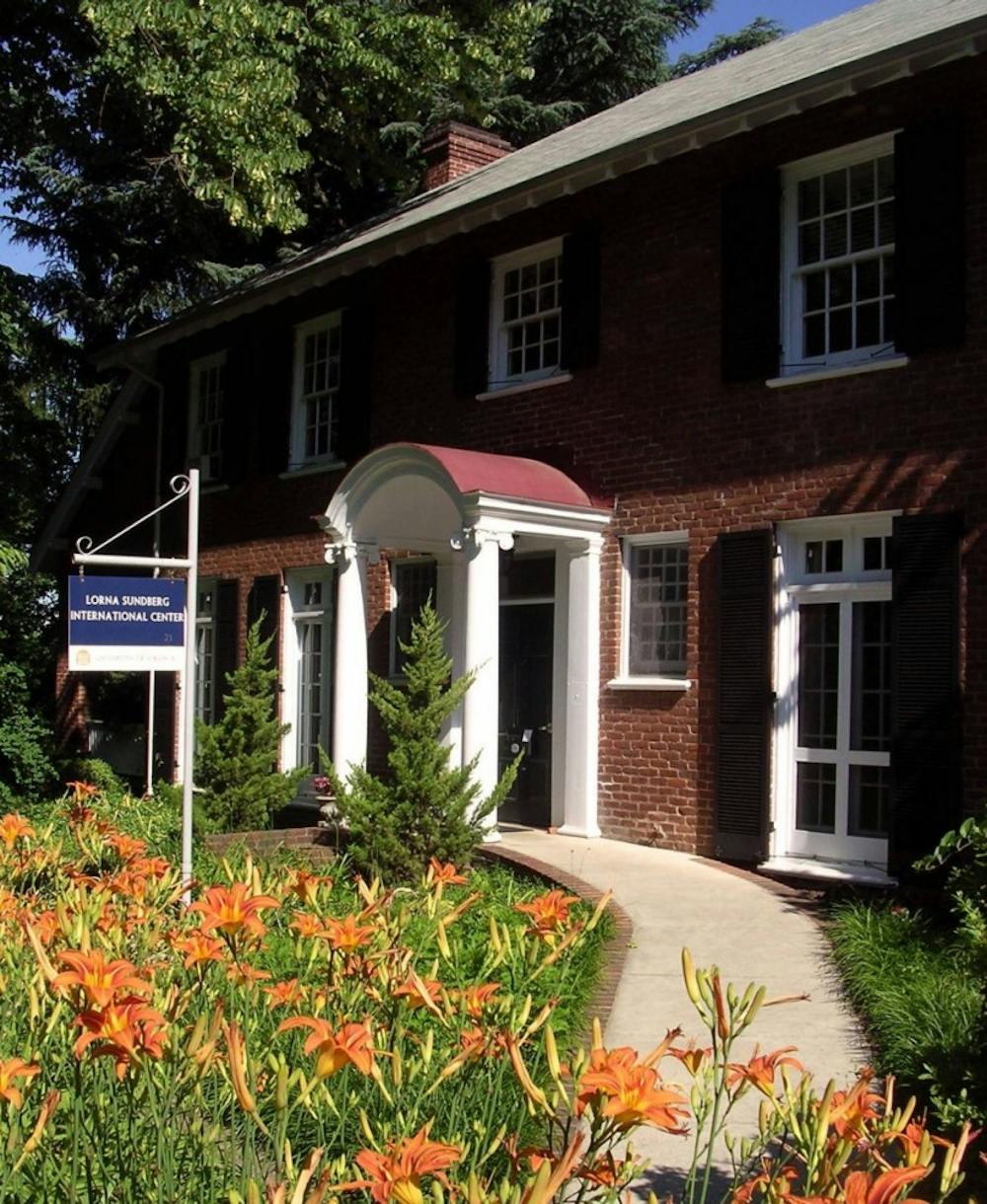The 2013-14 academic school year saw a record-breaking 886,052 international students attending undergraduate and graduate colleges and universities in the United States. This pushes the international student population to four percent of all students enrolled in higher-level education, and their numbers appear to be growing.
Dean of Admissions Greg Roberts, Senior Assistant Dean Senem Ward and Assistant Dean Merav Frazier said in a joint email that the University fits in with this trend, with over 700 international undergraduate and graduate students from 147 countries studying at the University of Virginia each year. They said the University markets itself to students in other countries and hopes the incoming class will be composed of five or six percent international students.
“We promote [the University] as a top U.S. academic institution that has a global vision and is a great value,” they said. “We also describe a community that is committed to diversity, innovation and discovery. We find international students are often interested in our Engineering School, the Commerce School and the sciences.”
However, partly because of the University's status as a public institution, the process for admitting international students is more selective than for in-state residents. The offer rate for international students tends to range between 15 and 17 percent, while the admission rate for in-state applicants in 2014 was 43.8 percent. The offer rate for domestic non-Virginians was 22.9 percent.
Another way in which international students tend to stand out from their American counterparts is the fields they tend to pursue. Roughly two-thirds of foreign students pursuing a degree in the United States concentrate in a STEM field or business, management or marketing fields. The comparable statistic for domestic American students is 48 percent.
One of the major challenges which foreign students frequently encounter after deciding to study in the United States is assimilation into American culture. The University community has been working over the year to best address this issue, out of which Global Greeters has evolved.
The program, established last year as a subset of the International Studies Office, provides incoming international students with different programs and services they can participate in when they arrive at the University in order to familiarize themselves with the community.
Second-year College student Lexi Schubert, a member of the executive board for Global Greeters, said the goal of the program aims to provide new students with social peer orientation leaders.
“The idea is to help people integrate into American social life,” Schubert said. “We don’t want to promote segregation of the international student population.”
Schubert said there is a reciprocal benefit for the overall community as students from abroad become more engaged, explaining that she thought they foster greater diversity and offer access to foreign cultures.
“I think international students offer a diverse perspective and give global diversity,” Schubert said. “It’s great for international students to get a great education and it’s great for American students to learn about different cultures.”
The Lorna Sundberg International Center is another resource for international students, scholars, their families and faculty at the University. The center hosts weekly programs open for the University community, including free cooking classes and English language classes.
Program Coordinator Megan Reilly said the basic mission of the center is to create a comfortable environment for sharing cultures. She said the center also offers short-term housing — usually around three months — for international scholars who need to complete research in Charlottesville.
“A lot of times scholars will come here and come here and partake in research projects so we have folks staying here from all over the world,” Reilly said. “While they’re studying here they can interact with each other here and even participate in some of our programs.”
Reilly said the center also provides a great way for the international community at the University to connect with the greater Charlottesville community.
“We’re in a unique position of being a front door to our country. So in doing that to actually have a physical space where we can receive international scholars and students provides a wonderful learning exchange,” Reilly said. “It also helps them to assimilate more easily into the local community and plug into local events and know there is a go to space if they have questions.”







